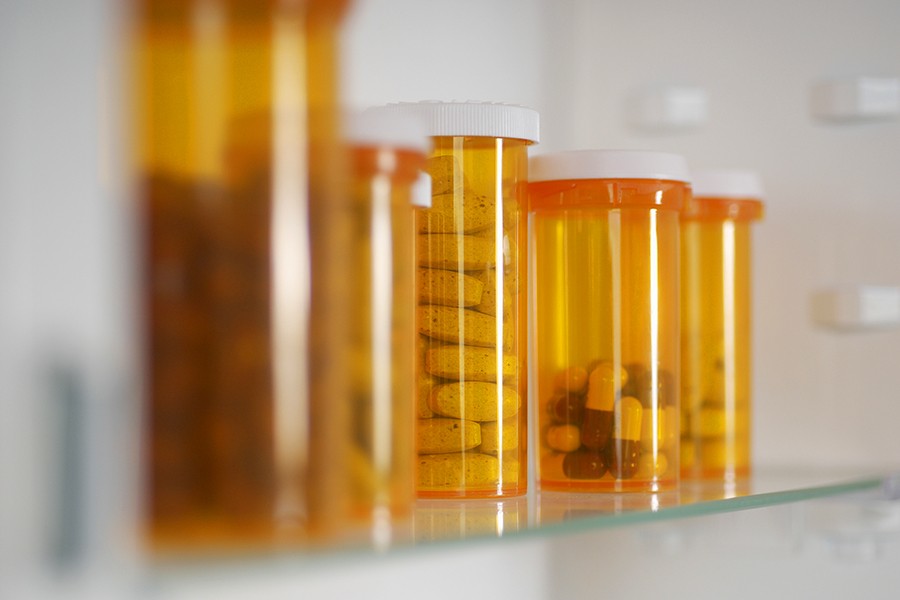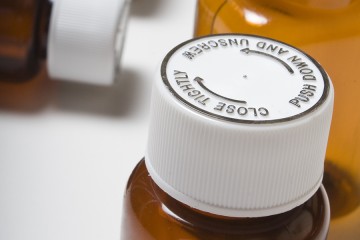Nearly 70 percent of prescription opioid medications kept in homes with children are not stored safely, a new study by researchers at the Johns Hopkins Bloomberg School of Public Health finds.
In a 2015 national online survey, researchers identified 681 adults who had used opioid pain relievers in the past year and had children ages 17 and younger living with them. Only 31 percent reported safely storing prescriptions away from their children. Among those homes with children 7 to 17 years old, just 12 percent reported safe storage.
For homes with younger children, the researchers defined safe storage as keeping the medication in a locked or latched place; for homes with older children, it was defined as storing medication in a locked place.
The findings appear in the March edition of the journal Pediatrics.
"Our work shines a light on the pervasiveness of unsafely stored opioids in American homes with children," says study lead author Eileen McDonald, a faculty member in the Johns Hopkins Center for Injury Research and Policy. "Unsafely stored opioids can contribute to accidental ingestions among younger children and pilfering by older children, especially high school students. We know that teens who use these drugs recreationally frequently get them from homes where they are easily accessible, increasing their risk for addiction and overdose."
Overdose fatalities almost doubled among those 17 and younger between 1999 and 2015. In the last five years, more than 600,000 children of the same age were treated in U.S. hospital emergency departments for all types of poisoning. The 2014 National Survey on Drug Use and Health identified opioids as the second most common illicit drug-use category among 12- to 17-year-olds, after marijuana.
The study also explored attitudes thought to be linked to medication storage habits. Nearly three-quarters of respondents agreed that children can overdose on opioids more easily than adults. Yet the survey found that just 13 percent "worry" about their children accessing their opioid medications, with parents of older children reporting that they were significantly less likely to worry about children accessing medication than parents of younger children.
The researchers say the findings support the need to not only educate families about the importance of storing pills safely but also to develop new technology, such as 'smart' packaging that only allows the prescribed person to open the bottle, to prevent older children from accessing the pills.
"Unfortunately, the current child-resistant packaging that was transformative in reducing medication poisoning in young children will not keep older children and teens safe," says Andrea Gielen, senior author of the study and director of the Center for Injury Research and Policy. "We need new packaging, such as tamper-resistant personalized pill dispensers, to make it easier for parents to keep these potentially dangerous medications inaccessible to older children. In the meantime, parents should keep their medications locked away and dispose of any leftover pills promptly and safely."
Adds McDonald: "Our findings should encourage pediatricians to ask patients about the presence of opioids in the home. This paper also demonstrates the need to educate parents and children about opioid-related risks and how easily kids can access opioids that aren't under lock and key."
Posted in Health
Tagged prescription drugs, opioids, drug abuse










